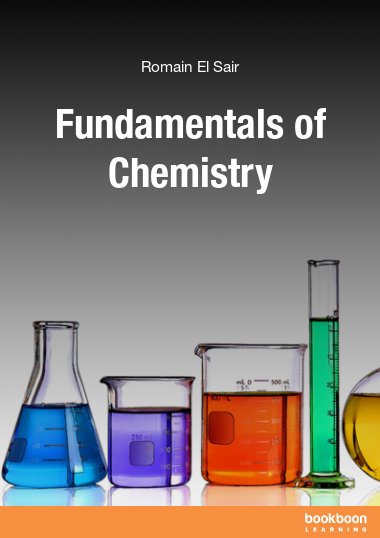This book is about fundamental concepts that any chemistry student should not only be aware of but proficient at. This book deals with the states of matter, the mole, the shapes of molecules, the elements and their properties in the periodic table, the electronic structure of the elements and includes many numerical examples to apply the newly-learned concepts. Solutions to the exercises will be provided in the second volume of “Fundamental of Chemistry”.

